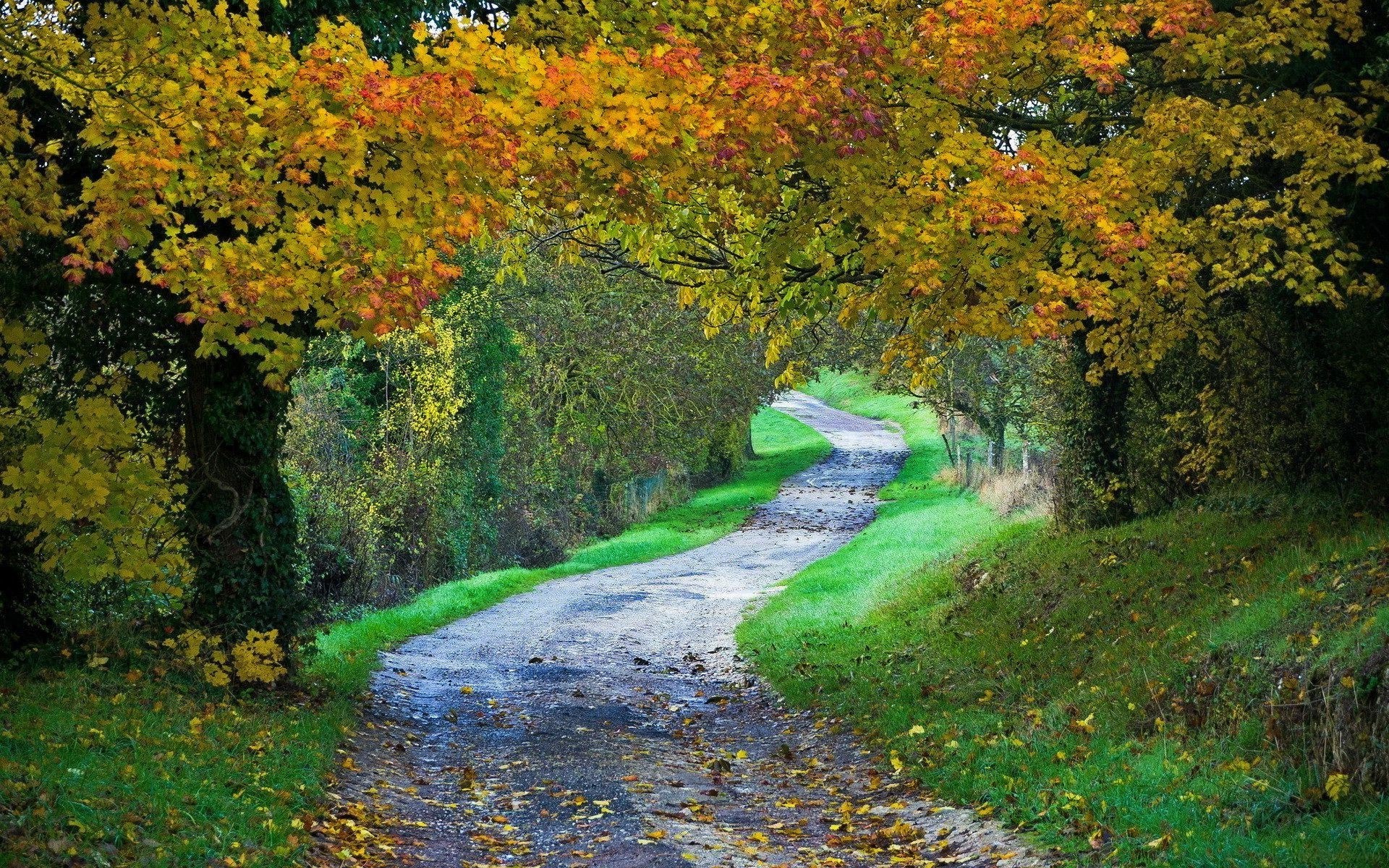

The high tunnel concept will continue to gain popularity among growers due to the global need for food and the unpredictable weather patterns that farmers encounter. High tunnels are all customized to meet the individual grower’s needs and are specific to the crop that is being produced. Recognizing this trend in growing, seed companies have began to specialize in offering greenhouse-grown seed varieties and other unique varieties for heirloom and organic growing. The most common use of a high tunnel is for tomato production, and is usually a 30’ x 96’ greenhouse however, many other crops are being grown in greenhouses, including cucumbers, lettuce, strawberries, raspberries and herbs. These freestanding greenhouses are available in all different widths and lengths.

Today’s high tunnels may be as simple as a greenhouse frame with one layer of poly and roll-up curtains, or a more sophisticated greenhouse that is “moveable” and has roof vents, year-round covering, an irrigation system and heat. High tunnel greenhouses enabled local growers to produce crops during all four seasons and helped combat the forces of unpredictable weather, particularly in the early spring. Some of these greenhouses only had poly on them for a few weeks before the warmer weather allowed the cover to be removed safely without any damage to the crops. These greenhouses were simple in design, with usually just one layer of poly, roll-up curtains and no electricity. "High tunnels" were originally greenhouses with high sidewalls to enable tractors and tillers to easily enter and exit greenhouses from either end. To learn more about the program and see if you may qualify, visit this short post about the NRCS High Tunnel Initiative. The NRCS (Natural Resources Conservation Service) offers financial and technical assistance to some producers for use on high tunnel integration. High tunnels are becoming increasingly popular due to the low start-up cost and quick rate of return on investment. High tunnels may be used to extend the growing season by providing protection for early or late season production, or they may be used for year-round growing. The difference between a High Tunnel and a regular free-standing greenhouse is that high tunnels use Eastpoint, Northpoint and Nor Easter frames, with longer ground posts, to make them “high” tunnels. The term “high tunnel” is a loosely defined phrase for growing fruits and vegetables in greenhouses, although some high tunnels are used for cut flower production. High Tunnels are an increasingly popular trend for growers and a proven technology for crop production.


 0 kommentar(er)
0 kommentar(er)
